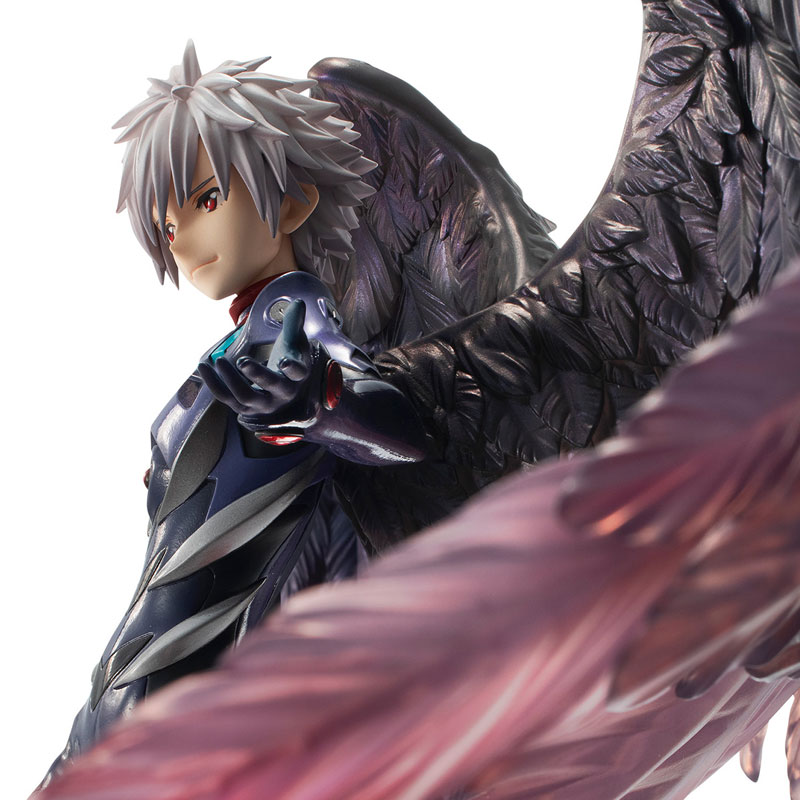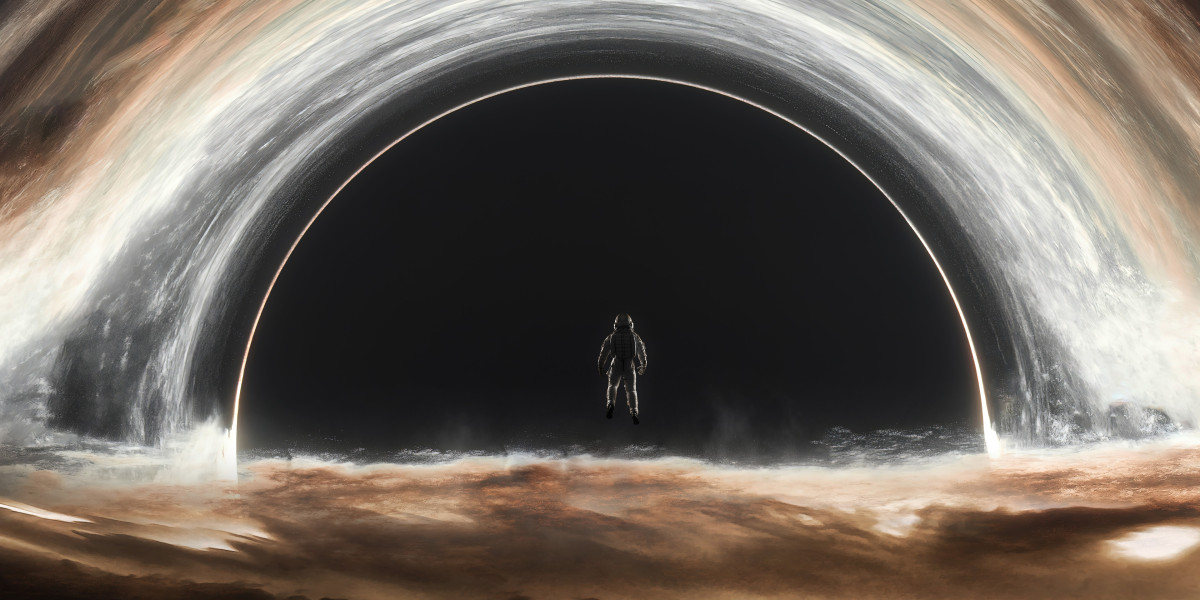Unlock the Secrets: Transform Your Evangelion Figures Like Never Before!
Customization is more than just a hobby for many fans; it’s a way to express personal creativity and connect with beloved characters. Within the Evangelion fandom, this passion takes on a unique form as enthusiasts seek to breathe new life into their figures, making them reflections of their individual tastes and artistic visions. This article aims to delve into the various customization options available for Evangelion figures, providing insights, tips, and personal anecdotes to inspire both new and seasoned collectors alike. Whether you’re looking to add a personal touch or transform your figure into a one-of-a-kind masterpiece, this guide will equip you with the knowledge and tools necessary for your customization journey.

Understanding Evangelion Figures
Evangelion figures have captivated collectors and fans since the anime's debut in the mid-90s. These figures, ranging from highly detailed models to playful chibi versions, serve as tangible reminders of the series' profound themes and iconic characters. Their appeal lies not only in their craftsmanship but also in the emotional connections fans form with the anime’s narrative and its complex characters. For many, collecting these figures becomes a journey that mirrors their love for the series, often leading them to seek out rare editions or create their own versions. As someone who has spent years collecting Evangelion merchandise, I can attest to the thrill of finding a limited edition figure or the joy of customizing a standard one, breathing new life into something familiar and cherished.
Customization Basics
Before diving into the exciting world of figure customization, it’s essential to understand the foundational tools and materials that will aid your creative endeavors. Basic supplies include acrylic paints, brushes of various sizes, cutting tools, and adhesives. Safety should always be a priority, so ensure you work in a well-ventilated space and wear gloves, especially when handling chemicals or sharp objects. Best practices involve starting with a clean surface, planning your design ahead of time, and practicing on less valuable figures before moving on to your prized possessions. By approaching customization with patience and care, you can avoid common pitfalls and enjoy the process of bringing your vision to life.
Painting Techniques
Painting is perhaps the most transformative aspect of figure customization. Techniques such as airbrushing allow for smooth gradients and intricate details, while hand painting offers a more personal touch and control. Utilizing decals can also enhance your figure’s appearance, especially for replicating complex designs. Understanding color theory is vital; for instance, complementary colors can make certain features pop, while contrasting shades can add depth. Finishing techniques like clear coats not only protect your work but can also add shine or a matte finish, depending on the desired effect. I recall the first time I successfully airbrushed a figure; the satisfaction of seeing my vision come together was incredibly rewarding.
Modifications and Accessories
Beyond painting, physical modifications can dramatically change the appearance of your Evangelion figures. This might involve re-sculpting parts to create a unique pose or even adding new limbs or accessories that weren't part of the original design. Crafting custom accessories—like weapons or stands—can enhance the overall aesthetic and storytelling aspect of your display. Friends of mine have created intricate dioramas that showcase their figures in dramatic scenes, which not only highlights their customization skills but also brings the characters to life in a new way. The possibilities are limited only by your imagination!
Stock vs. Custom Parts
When it comes to parts, you’ll often face the choice between using stock parts or creating custom ones. Stock parts are convenient and ensure a degree of compatibility, but custom parts can provide a level of uniqueness that sets your figure apart. Sourcing materials for custom parts can be an adventure in itself; hobby shops often have everything you need, from resin to clay. The benefit of custom parts is that they enable you to tailor every aspect of your figure to your liking, while stock parts can save time and effort for those who prefer a simpler approach. Personally, I’ve enjoyed the challenge of creating custom parts, which has led to some of my most satisfying projects.
Showcasing Your Customizations
Once your Evangelion figure is complete, showcasing your work becomes the next exciting step. Consider the lighting in your display area; natural light often works best for showcasing colors and details. Backgrounds can also play a significant role in presentation; a simple, uncluttered background allows your figure to take center stage. For those interested in photography, experimenting with different angles and settings can help highlight the nuances of your customizations. I’ve found that taking the time to properly display and photograph my figures has added an extra layer of appreciation for my work and has opened up opportunities to share my passion with others online.
Embracing Your Customization Journey
Customizing Evangelion figures is a rewarding endeavor that allows fans to express their creativity and connect more deeply with the series. From understanding the history and appeal of these figures to mastering painting techniques and modifications, the journey of customization is filled with opportunities for personal expression. As you embark on your own customization projects, remember to embrace the process, share your experiences, and connect with fellow enthusiasts. The world of Evangelion figure customization is vast and welcoming, and who knows—you might just create the next iconic interpretation of your favorite character!

